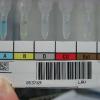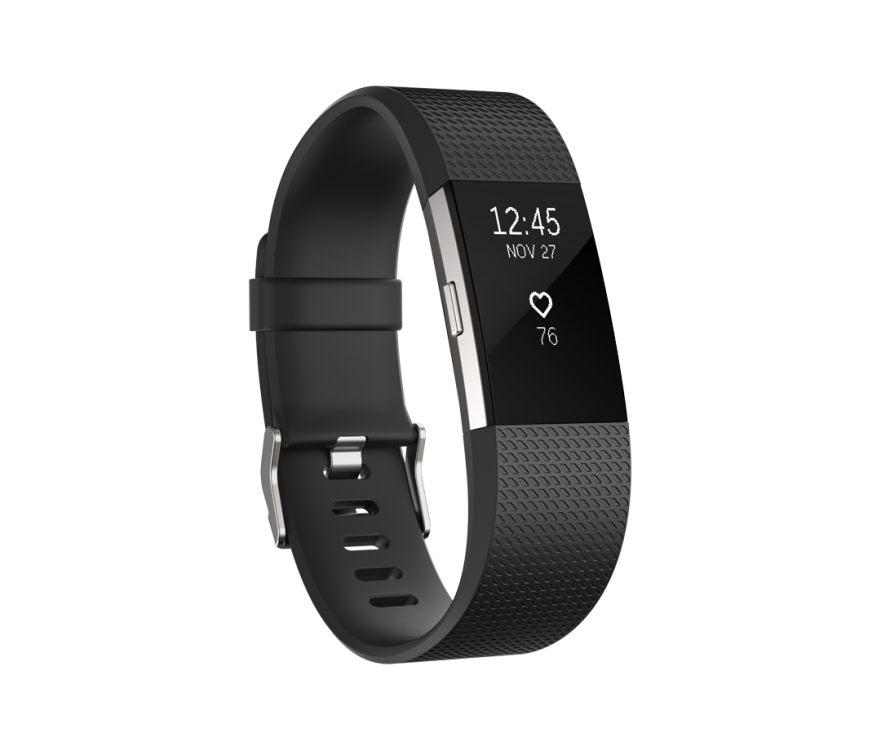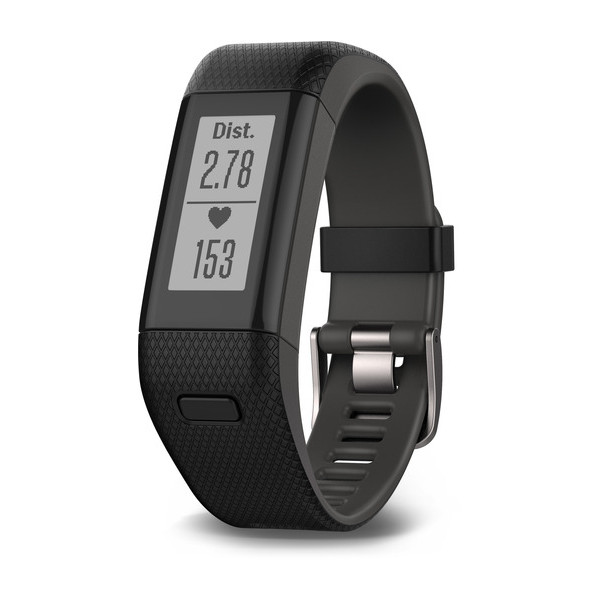Leaderboard
-
in all areas
- All areas
- Records
- Record Comments
- Record Reviews
- Jobs
- Jobs Comments
- Jobs Reviews
- Questions
- Question Comments
- Question Reviews
- Links
- Links Comments
- Files
- File Comments
- File Reviews
- Images
- Image Comments
- Albums
- Album Comments
- Records
- Record Comments
- Events
- Event Comments
- Blog Entries
- Blog Comments
- Topics
- Posts
- Status Updates
- Status Replies
-
Custom Date
-
All time
June 28 2007 - April 23 2024
-
Year
April 23 2023 - April 23 2024
-
Month
March 23 2024 - April 23 2024
-
Week
April 16 2024 - April 23 2024
-
Today
April 23 2024
-
Custom Date
01/19/2017 - 01/19/2017
-
All time
Popular Content
Showing content with the highest reputation on 01/19/2017 in all areas
-

Weak D Molecular Testing--Cost and Insurance Reimbursement
dragonlady97213 and one other reacted to cbaldwin for a topic
Thank you for this information. I just found the handouts from a lecture Sue Johnson gave in March 2016 at an Immucor Users meeting and I have attached them in case anyone is interested. It's very good. She discusses the molecular basis of weak D and partial D and the variability of reagents and methodology, also the recent recommendations of the Inter-organizational Work Group on RHD genotyping for managing pregnant women and transfusion recipients who have a serologic weak D phenotype. On page 18 she states that there is a new CPT code 81403 for RHD genotyping (Tier 2 molecular pathology procedure, Level 4) and that reimbursement rates for the Tier 2 code are being established. Also that the ACOG is updating its Practice Bulletin to recommend molecular testing. I just got a new phone number to call to see if I can get the price that we will be charged if we request this test. My OBGYN physicians would like to know. Catherine Johnson Handouts.pdf2 points -
Please help PathLabTalk to grow. We now have a referral system so we can see who has referred the most members to the site. Why would we want to track such a thing? Easy, we're doing it as part of a contest. Whomever refers the most people to the site (a minimum of 10 people) by January 31, 2017, will win a fitness tracker of their choice, up to a $200 value! So, just how do you do this?, it's really simple. Go here then copy the Referrer URL. Send that link to all of your friends and coworkers. When they join, your name will automatically be filled in as the referrer in the registration form. The main page of this site will list the top referrers so you can track your progress. Please help us grow!1 point
-

Weak D Molecular Testing--Cost and Insurance Reimbursement
MOBB reacted to Malcolm Needs for a topic
1 point -

Weak D Molecular Testing--Cost and Insurance Reimbursement
BldBnker reacted to mollyredone for a topic
But since you have learned about novel antigens, maybe in your spare time you could write a (wait for it!) NOVEL!1 point -

Weak D Molecular Testing--Cost and Insurance Reimbursement
Malcolm Needs reacted to cbaldwin for a topic
Just found out...our reference lab charges $305. Thanks all for your replies...I am learning...have a lot to learn. Catherine1 point -

Weak D Molecular Testing--Cost and Insurance Reimbursement
Malcolm Needs reacted to cbaldwin for a topic
Thank you! This is good information. I will call our Immucor rep. Catherine1 point -

Bio-Rad Poly DAT gel card
Malcolm Needs reacted to MaryPDX for a topic
That card that Malcolm posted looks like one from Diamed (Bio-Rad bought them out), which you can't get here in USA. I've scrounged around that site, can't find what they use to QC that card.1 point -

Weak D Molecular Testing--Cost and Insurance Reimbursement
MOBB reacted to Malcolm Needs for a topic
Could I suggest the term "molecular Techniques", rather than "genotyping", as the two terms "(pheno)typing" and "(geno)typing" are, sadly, often confused, particularly by the "lay person" at the front of the office taking calls? It might work/it might not!1 point -
We will do crossmatches for a small neighbor when they have problem patients. We don't own them but we do all their reference work. Our medical director is their medical director/consultant and signs off on all their SOPs and competencies. We have a contract with them for the reference work. They have an SOP that spells out what happens when they have that problem patient, that the work is referenced to us and that we provide the crossmatched blood, though we don't tag it for the patient. We send a report with all the crossmatch info, including types, crossmatch results, unit numbers, patient ID, etc. etc. Once they receive the unit(s), their SOP spells out what they do about tagging and reporting. At their recent CLIA inspection (our medical director and I were present as representatives for our lab - as consultants.), the inspector had no problem with the arrangement. I think the important thing is that the whole process is spelled out in their SOPs and they had documentation that they followed their SOPs. State law may vary, so be sure to check out your local requirements. They give blood about once a month at most and we assist them about twice a year.1 point
-
I posted this question in UK Guidelines forum and Malcolm responded that isn't a requirement in UK. UK donor centers guarantee that what is in the bag matches the label. It is not an FDA requirement for transfusion services to serologically confirm the ABO/Rh type of red cell components using rbcs from a donor tubing segment, it's the CAP, AABB, etc. I'm trying to drum-up interest in the transfusion services community to push their donor centers to implement the same practice in the US that UK donor centers do! Please don't tell me they can't do it! This is 2015, not 1980...1 point
-
Quite recently this has been introduced (previously you had to scan the barcodes on the bag for the donor number, product, group and expiry). It is known as EDN - electronic distribution note. The box containing the blood has a tag with a barcode - you click a cog on the computer desktop and all units allocated your hospital download to an 'invisible' file. You then going into the hospital LIMS and barcode the tag in. This then imports all the units in the system. Some LIMS have it set up just to set the group but others to include the full Rh phenotype (genotype?), K type, any other antibodies that the units are antigen negative for, whether the unit is irradiated, methylene blue treated, and also CMV status. It is a FAB system and virtually fool proof (I think) ETA - hopefully I won't have offended Malcolm with my terminology this time. I'm hungry so not thinking on complete form...1 point
-

Warm Auto Adsorbtions
Desoki reacted to David Saikin for a topic
There is a procedure in the technical manual I believe. Basically it is equal volumes of cells, plasma and peg. Incubate for 15 minutes, centrifuge and remove supernatant (save the cells 'cuz you can reuse them if you need to repeat the absorption), test the supernatant using 4 drops (2d peg/2d plasma). I use it for all my warm autos - it works excellently. I do this testing in tubes - I can never absorb out all the autoab if I test in gel. In another post somewhere on this site someone discussed the fact that if the absorption showed no allosensitization they just used the immediate spin xm and did not have to worry about any interference from the autoab (might have been jpcroke). Cost: I can't go there. Warm is a bit expensive. I only use it to destroy Kell system ags and use it well past its outdate (it still works and so the the controls I run).1 point





